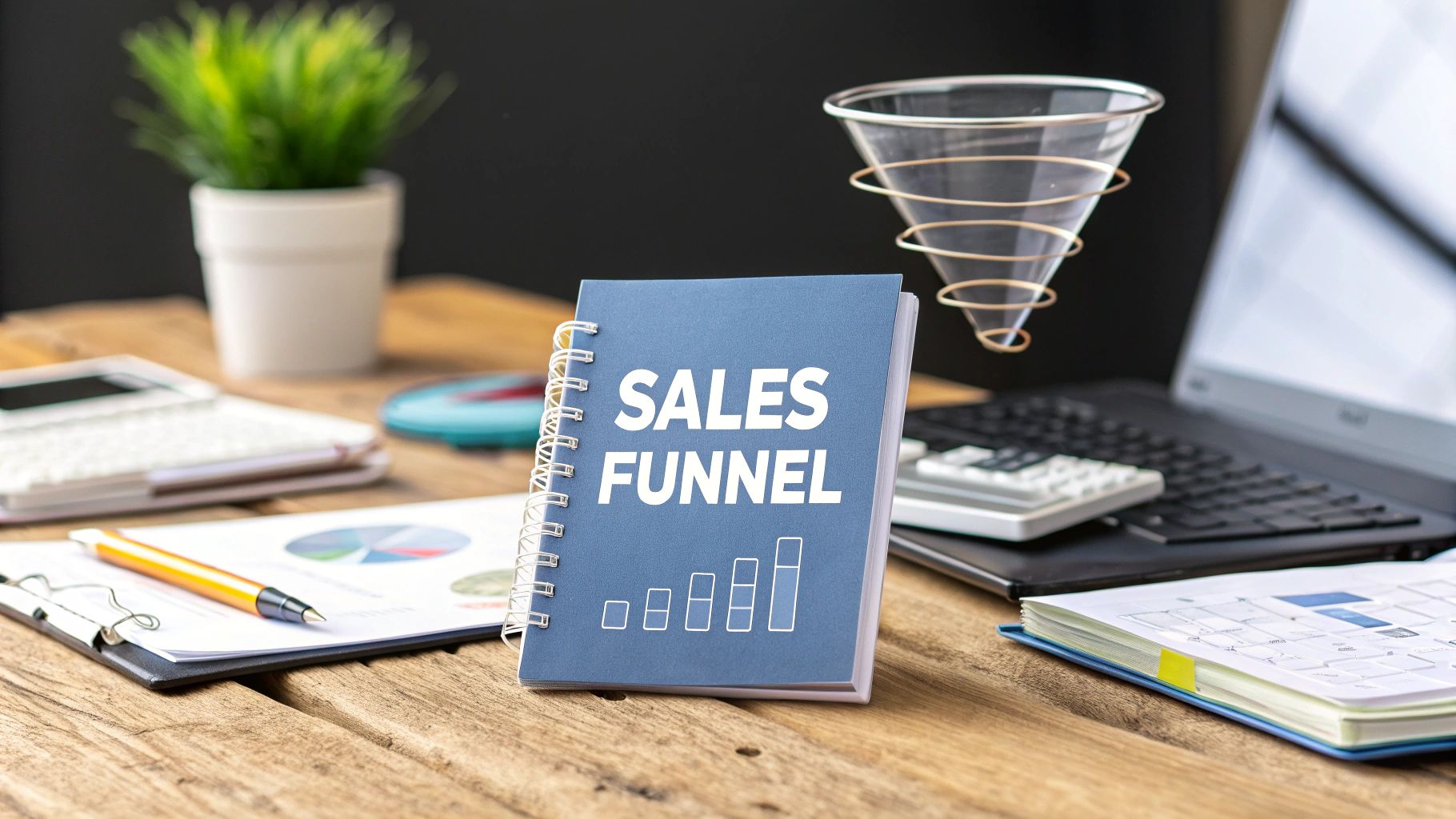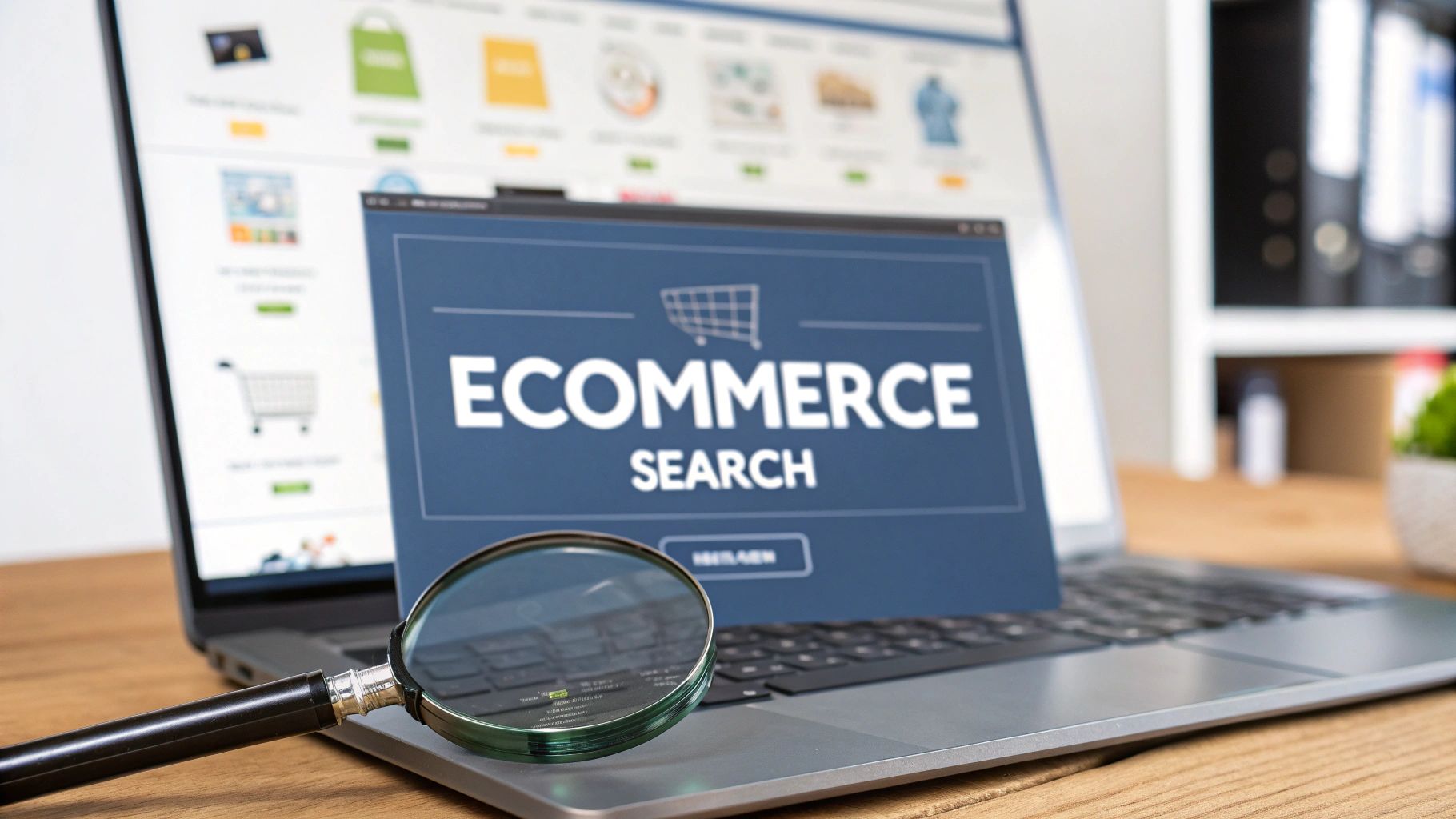How to Build a Client-Generating Website Using Webflow and Leadpages
Creating a website that not only looks brilliant but also draws in potential clients is no small feat. Yet, with the right approach and a…
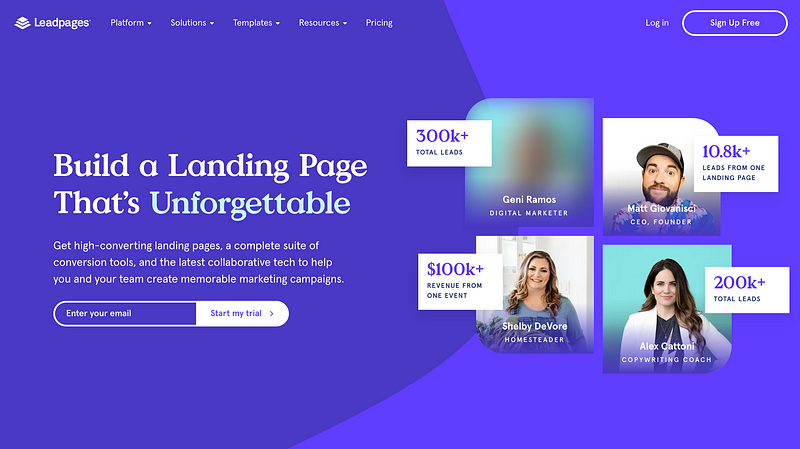
Creating a website that not only looks brilliant but also draws in potential clients is no small feat. Yet, with the right approach and a couple of fantastic tools, it’s entirely achievable. In this article, I’ll walk you through how you can design a client-generating website using Webflow for a modern, responsive design and Leadpages to turn visitors into valuable leads.
Why a Client-Generating Website Matters
Let’s be honest — your website is often the first impression a potential client gets of your business. It needs to instil confidence and clearly communicate your value. A well-thought-out site isn’t just about looking pretty; it’s about guiding visitors towards taking a meaningful action, be that making an enquiry, signing up for updates, or even booking a consultation. Ultimately, a website that converts can be a real game changer for your business.
Getting to Know Webflow and Leadpages
Before diving into the nuts and bolts, it’s worth getting acquainted with the two main tools that will help you build this website.
Webflow
Webflow is a powerful visual web design tool that lets you create stunning, responsive websites without needing to be a coding whizz. Its drag-and-drop interface is intuitive, making it easier to bring your creative vision to life. Plus, with built-in SEO features, you’re set to make your website as search engine friendly as possible.
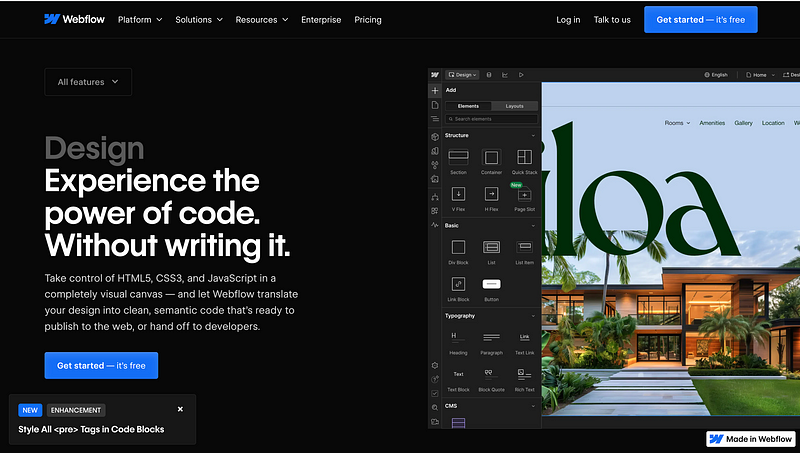
Leadpages
Leadpages is your go-to for building high-conversion landing pages. Whether you’re aiming to capture email addresses or get potential clients to reach out, Leadpages makes the process simple and effective. Its user-friendly templates mean you can have a professional lead capture form up and running in no time.
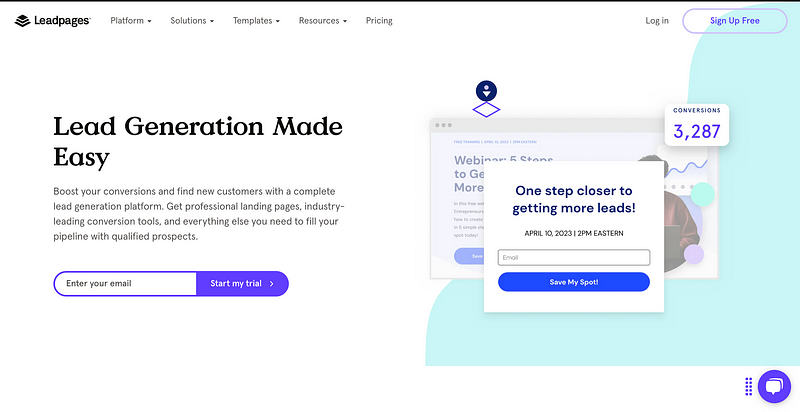
Planning Your Website
A great website doesn’t just happen — it needs a solid plan. Here’s how you can set yourself up for success:
- Know Your Audience: Think about the businesses or agencies you want to attract. What are their challenges? What information are they after?
- Set Clear Goals: Decide what you want your website to achieve. Are you looking for more enquiries, newsletter sign-ups, or consultations? Knowing this will shape your design.
- Map Out the Journey: Sketch a rough outline of how visitors will move through your site. Identify the essential pages you need, like Home, About, Services, Contact, and perhaps a Blog.
- Decide on Must-Haves: Consider the elements that will add value — engaging visuals, trust signals (like testimonials), and clear calls-to-action (CTAs) are a good start.
Crafting Your Website with Webflow
With your plan in hand, it’s time to roll up your sleeves and start building.
Setting Up
- Sign Up and Explore: Get started by creating your Webflow account. Spend a little time familiarising yourself with the dashboard and the available features.
- Pick a Template: Choose a template that reflects your brand’s vibe and meets your needs. A good template will provide a strong foundation without overwhelming you with unnecessary options.
- Customise to Your Liking: Use the drag-and-drop features to personalise your website. Adjust colours, fonts, images, and layouts to ensure your site looks polished on every device.
Design Essentials
- Visual Appeal: Use high-quality images and graphics that speak to your audience. A visually engaging website is more likely to keep visitors around.
- Build Trust: Integrate elements such as client testimonials and any relevant certifications. These signals help build credibility.
- Encourage Action: Make your CTAs prominent. Whether it’s a “Get in Touch” button or a subscription form, ensure your visitors know exactly what to do next.
Adding Leadpages for Lead Capture
Even the most stunning website needs a mechanism to capture leads. That’s where Leadpages steps in.
How to Embed Leadpages Forms
- Set Up Your Account: If you haven’t already, sign up for Leadpages and select a template that fits your campaign’s objectives.
- Keep It Simple: Customise your form by only asking for the essential information. The simpler it is, the more likely visitors are to complete it.
- Integrate Smoothly: Use the embed code provided by Leadpages to insert the form into your Webflow website. This ensures that your lead capture is both seamless and effective.
Optimising for Conversions
- Compelling Copy: Write clear, persuasive headlines that quickly explain the benefits of taking action.
- Stay Focused: Keep your landing pages uncluttered. Remove any distractions that might pull the visitor’s attention away from the form.
- Test and Tweak: Don’t be afraid to try different versions of your pages. A/B testing can help you identify what works best for converting visitors into leads.
Tips for Optimisation and Conversion
To really make your website shine, consider these extra pointers:
- Enhance the User Experience (UX): A clean, intuitive navigation system helps visitors find what they’re after without any fuss.
- Boost Credibility: Use social proof such as client testimonials and trust badges throughout your site.
- Speed is Key: Optimise images and minimise heavy scripts to ensure your site loads quickly, keeping bounce rates low.
- Keep It Fresh: Regularly update your content. This not only keeps your audience engaged but also helps your SEO.
SEO and Traffic: Making Sure You’re Seen
It’s not enough to build a fantastic website; people need to find it too. Here are some straightforward SEO tips:
- On-Page SEO: Make sure your meta titles, descriptions, and alt texts are optimised with keywords like “client-generating website”, “lead capture”, and “digital marketing”.
- Content is King: Consider a blog or resource centre where you share industry insights, tips, and guides. Quality content is a magnet for organic traffic.
- Keep an Eye on Your Metrics: Use Google Analytics or a similar tool to track how visitors interact with your site. This data is invaluable for ongoing improvements.
Tracking Your Success
To truly understand how well your website is performing, set up some key performance indicators (KPIs):
- Conversion Metrics: Track the number of visitors who complete your lead forms.
- Engagement Rates: Look at metrics like bounce rate and average session duration to gauge visitor interest.
- Continuous Refinement: Use the data you gather to continually tweak and improve your website’s performance.
Wrapping Up
Building a client-generating website might seem daunting at first, but with the right tools and a clear strategy, it’s entirely within reach. By leveraging the customisation and design power of Webflow alongside the lead capture efficiency of Leadpages, you can create an online presence that not only looks professional but actively drives your business forward.
Some of the links in this article are affiliate



